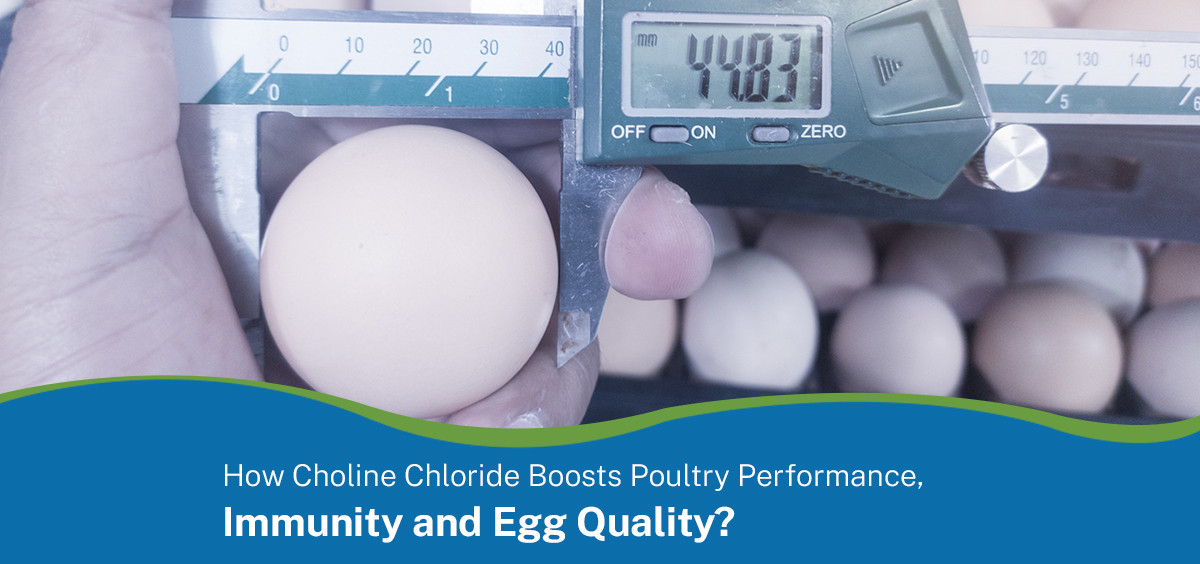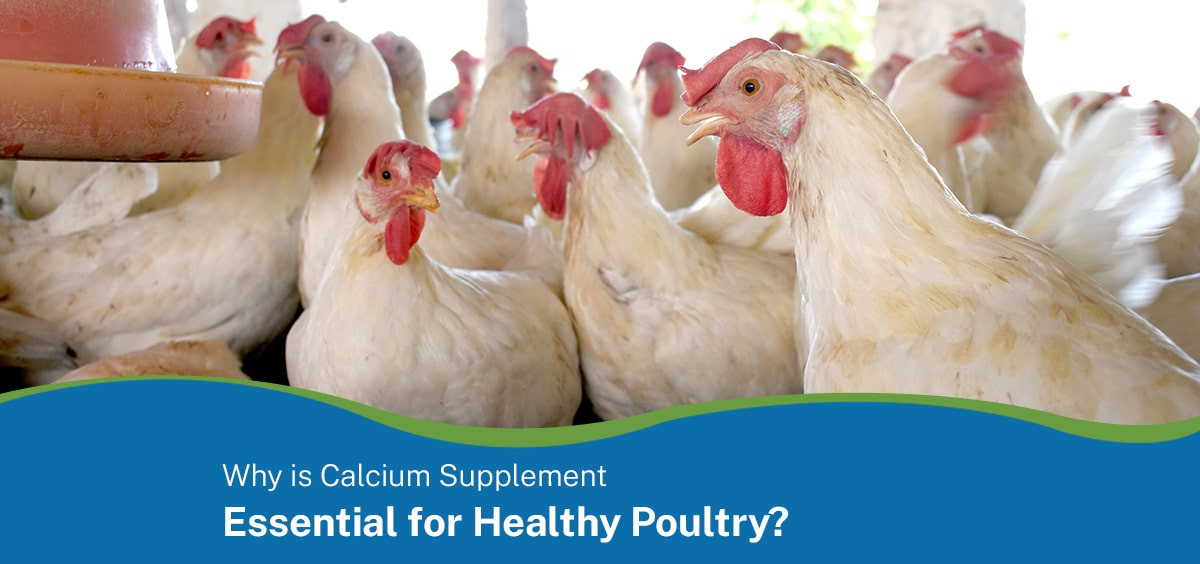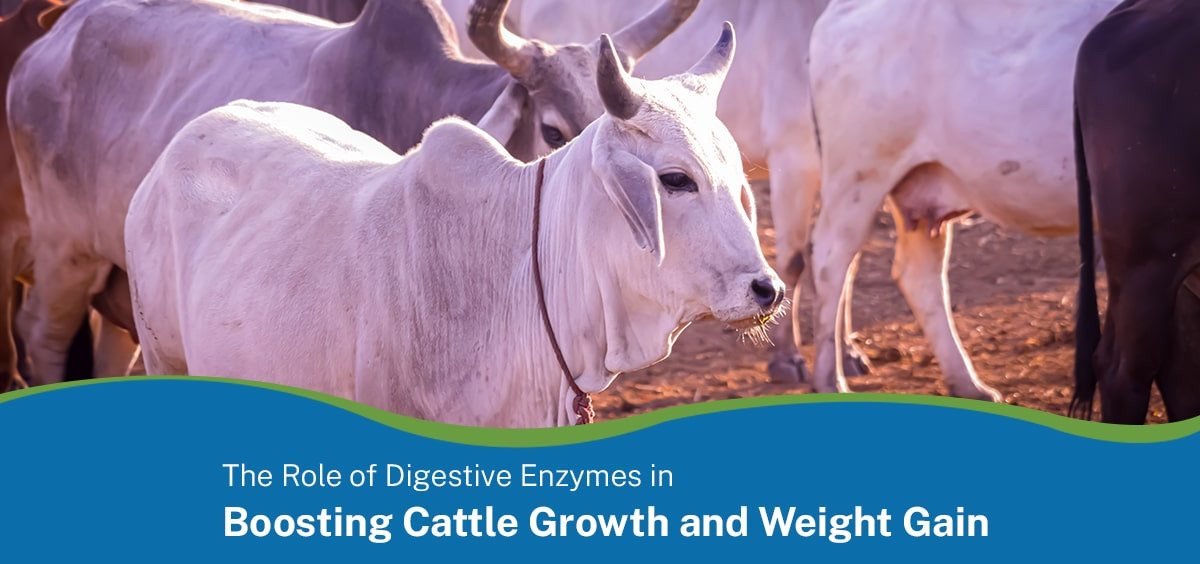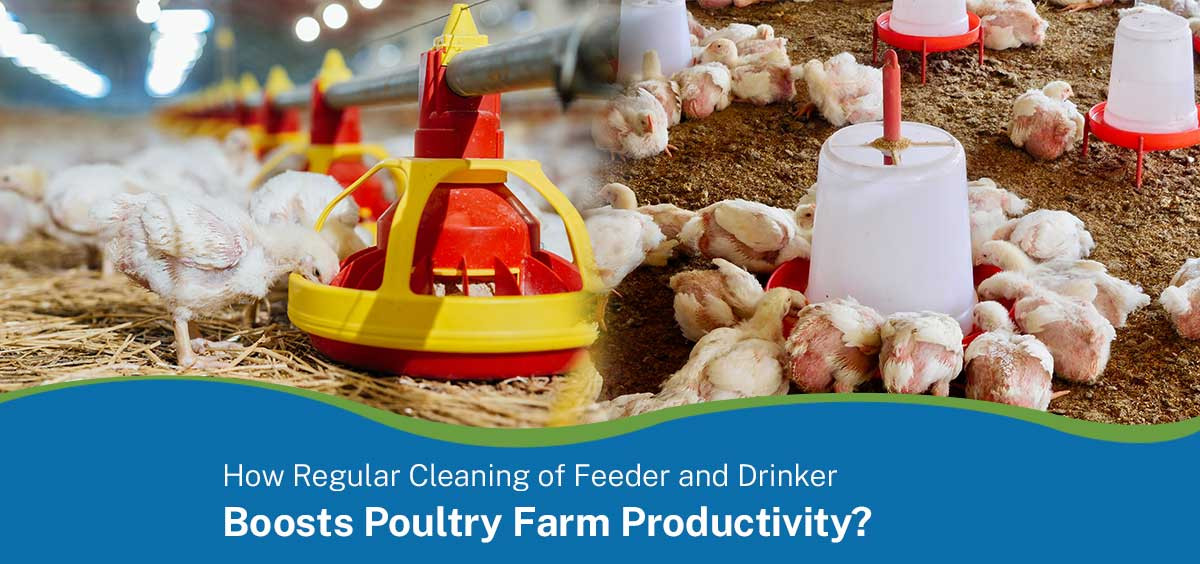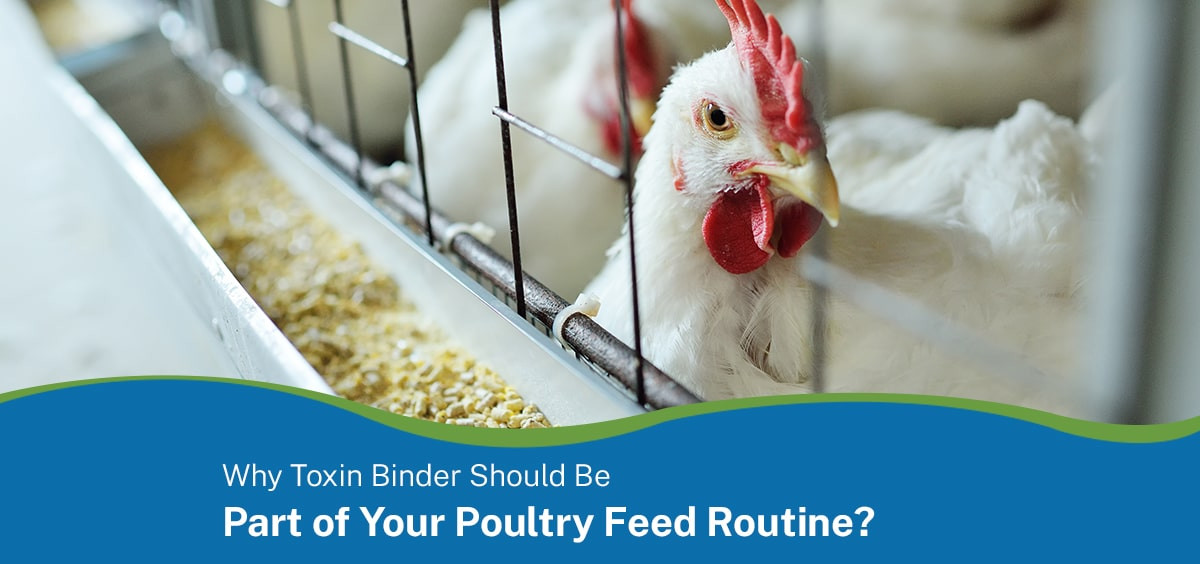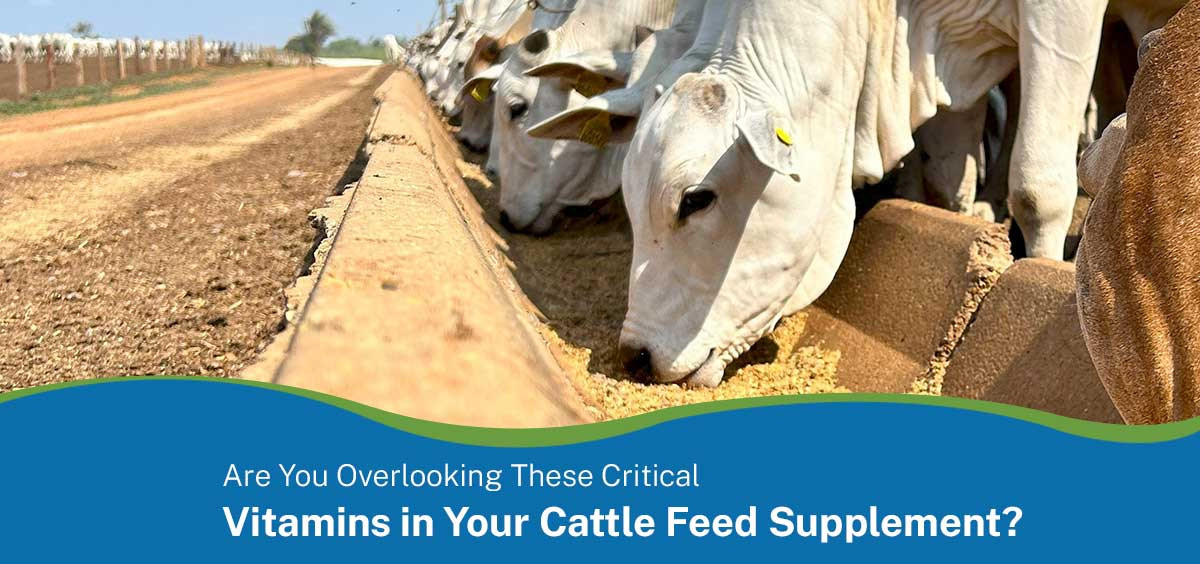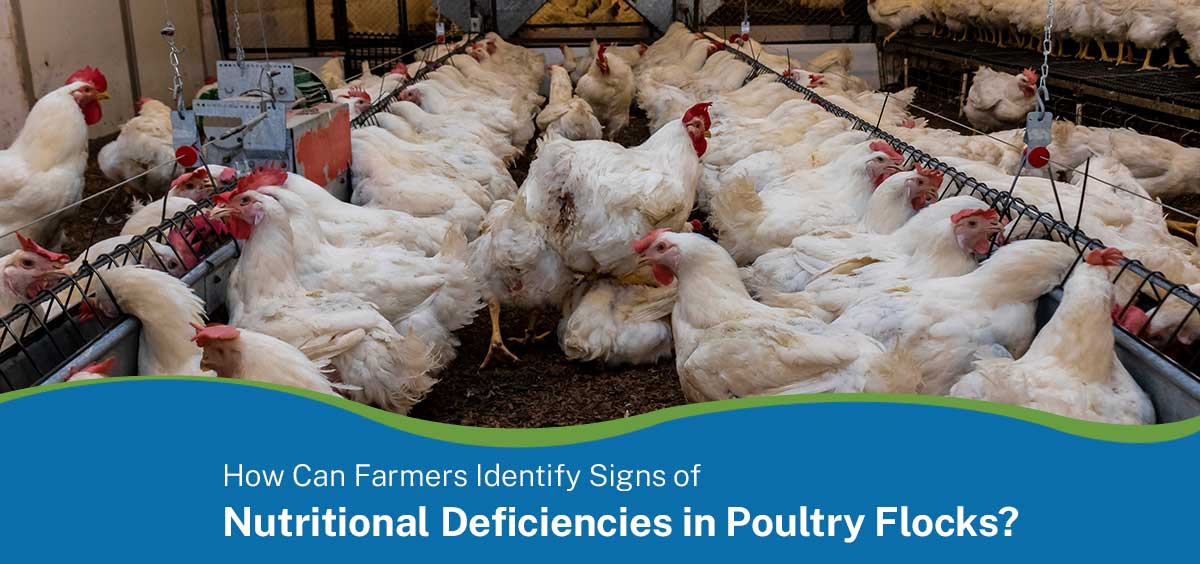Why 38% Protein Content Matters in Shrimp Farming?
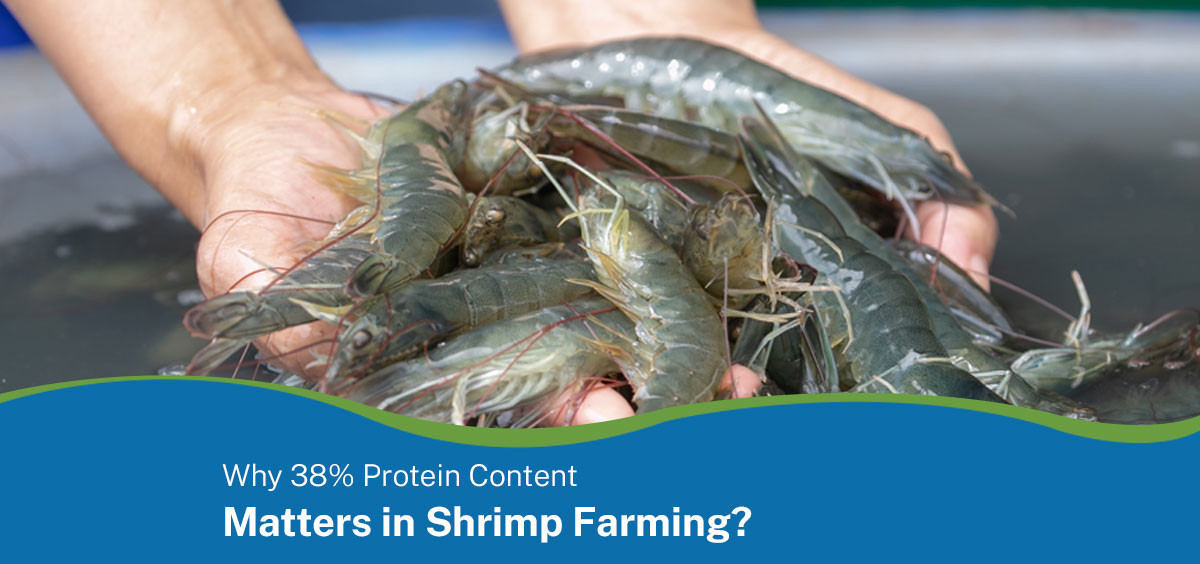
Shrimp farming has emerged as one of the most lucrative aquaculture industries globally. The success of shrimp farming largely depends on various factors, including water quality, pond management, disease control, and most importantly, nutrition. One of the critical nutritional aspects in shrimp farming is the protein content in the feed. Providing the right protein content feed ensures optimum growth, better yield, and improved profitability.
The Role of Protein in Shrimp Farming
Protein is an essential macronutrient for shrimp, playing a crucial role in growth, metabolism, and overall health. Shrimp require a high protein content in their diet as they are primarily carnivorous and rely on protein as their primary energy source. Studies suggest that an ideal protein content in shrimp feed should be around 38% to ensure maximum efficiency in growth and survival rates.
Why 38% Protein Content is Ideal?
Achieving the right balance is crucial for sustainable shrimp farming. Too little protein can lead to stunted growth, increased mortality rates, and reduced feed efficiency. On the other hand, excessive protein content in shrimp feed can result in unnecessary nitrogen waste, negatively impacting water quality. Research indicates that 38% strikes the perfect balance, ensuring:
Faster Growth Rates: Adequate protein content in shrimp feed enhances muscle development, leading to quicker growth cycles.
Improved Feed Conversion Ratio (FCR): A balanced protein content ensures that shrimp utilise feed efficiently, reducing wastage and operational costs.
Better Disease Resistance: Higher protein content in Shrimp feed supports immune system functions, reducing susceptibility to diseases.
Optimal Yield and Profitability: Farmers experience better yields, ultimately leading to increased profitability in shrimp farming.
The Science Behind Protein Content
Shrimp require different types of amino acids, which are derived from dietary protein. The protein content in shrimp feed consists of essential and non-essential amino acids, which play a pivotal role in various biological processes. A diet with 38% protein content provides all the necessary amino acids required for optimal growth and survival.
Protein sources in shrimp feed typically include:
Fish meal
Soybean meal
Krill meal
Squid meal
Algae-based protein
The digestibility and bioavailability of protein also influence the effectiveness of protein content in shrimp feed. High-quality protein sources ensure efficient absorption and utilisation, preventing unnecessary nitrogen excretion into the water.
Factors Affecting Protein Content in Shrimp Feed
Several factors influence the protein content required in shrimp diets, such as:
Species Type: Different shrimp species require varying levels of Protein Content in Shrimp feed. For example, white-leg shrimp (Litopenaeus vannamei) thrive on 38% Protein Content, whereas tiger shrimp (Penaeus monodon) may require slightly higher levels.
Growth Stage: Juvenile shrimp need a higher protein content for rapid growth, while adult shrimp require a balanced intake to maintain body mass.
Water Temperature: Warmer temperatures accelerate shrimp metabolism, increasing the demand for high protein content in shrimp feed.
Feeding Frequency: Overfeeding or underfeeding can affect the efficiency of protein content, leading to either wastage or malnutrition.
How to Optimise Protein Content in Shrimp Farming?
To maximise the benefits of 38% Protein Content, shrimp farmers should:
Choose high-quality feed with optimal Protein Content in Shrimp.
Monitor shrimp health and adjust protein intake as needed.
Maintain proper water quality to prevent nitrogen buildup from excess protein waste.
Implement best feeding practices to reduce feed loss and ensure efficient nutrient utilisation.
Conclusion
Ensuring the right feed is a crucial factor in achieving successful shrimp farming. With an optimal protein content in shrimp feed of 38%, farmers can improve growth rates, enhance feed efficiency, and boost profitability. Properly managing protein content in shrimp farming not only benefits the farmers but also promotes sustainable aquaculture practices. By focusing on scientifically backed protein content strategies, shrimp farming can continue to thrive as a profitable and environmentally responsible industry.
Recent Posts
The Future of Poultry Medicines: Smarter, Safer, and Sustainable Health for Every Flock
Understanding Anthrax in Cattle: Causes, Symptoms and Risks
How Choline Chloride Boosts Poultry Performance, Immunity and Egg Quality
The Role of Digestive Enzymes in Boosting Cattle Growth and Weight Gain
How regular cleaning of Poultry feeder and drinker boosts farm productivity?
Are You Overlooking These Critical Vitamins in Your Cattle Feed Supplement?
How can farmers identify signs of nutritional deficiencies in poultry flocks?
PrraniGanga.com | India’s 1st Livestock Products Marketplace
PrraniGanga.com | India’s 1st Livestock Products Marketplace
Welcome to PrraniGanga.com
India’s first dedicated marketplace for livestock farmers, sellers, vendors, and manufacturers. Our platform offers a complete range of livestock feeds, medicines, supplements, and equipment—bringing modern, reliable solutions to the industry.
Transforming Livestock Farming
With technology driving rapid change, PrraniGanga stands as a pioneer in simplifying access to livestock essentials. By creating a unified hub, we make procurement faster, easier, and more efficient for everyone in the livestock ecosystem.
A One-Stop Solution for Farmers
Farmers often face challenges with fragmented supply chains and delays. PrraniGanga bridges this gap by offering a seamless digital platform where high-quality products are available at their fingertips, tailored to livestock needs.
Comprehensive Product Range
PrraniGanga brings together everything a livestock farmer requires—nutritious and high-quality feeds to ensure better health and productivity, reliable medicines for prevention and treatment, innovative supplements that boost growth, strength, and immunity, and modern equipment designed to make livestock management more efficient. By consolidating all these essentials in one place, we empower farmers with both convenience and confidence.


